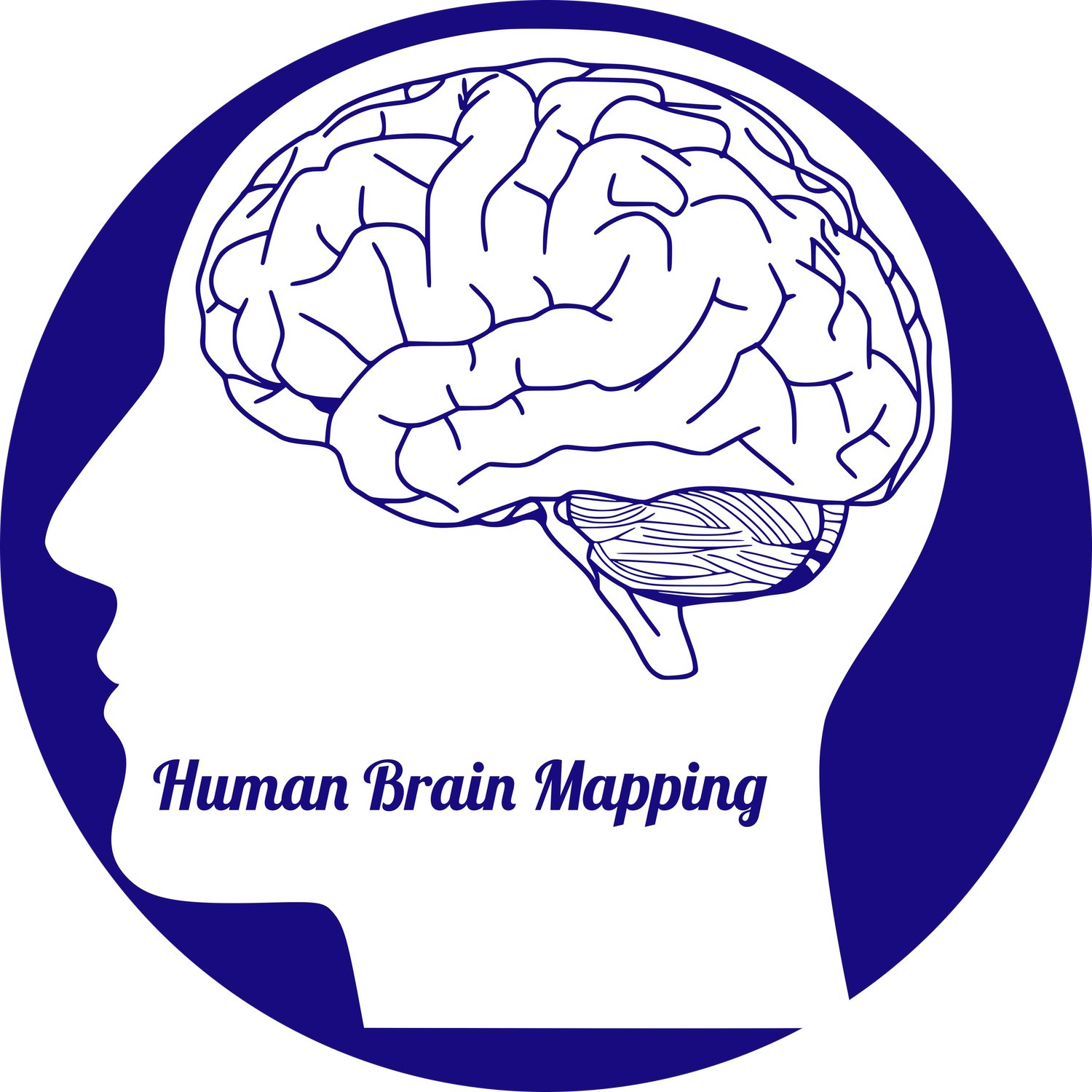In a pursuit of effective methods for reliable localization of the epileptic network: The connectivity index an effective metric for grading epileptogenicity
We proposed the connectivity index, that is based on the evoked potentials to single pulse stimulation. Unlike spontaneous seizures which require multi-day or multi-week of monitoring, this method can be resulted in real-time in matter of minutes, improving potentially on the safety/comfort profile for patients and length of hospital days. We are aware of challenges and we plan our phase III implementation for the very near future.
The full article can be found here
Connectivity Index
Calculation method
Generating a volume of the epileptic brain regions in under a minute: Typical standard of care employ multi-day or multi-week long evaluations.


